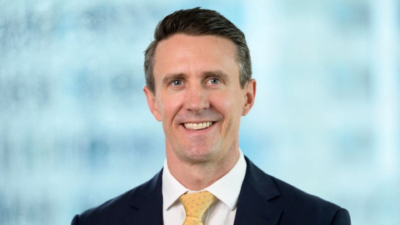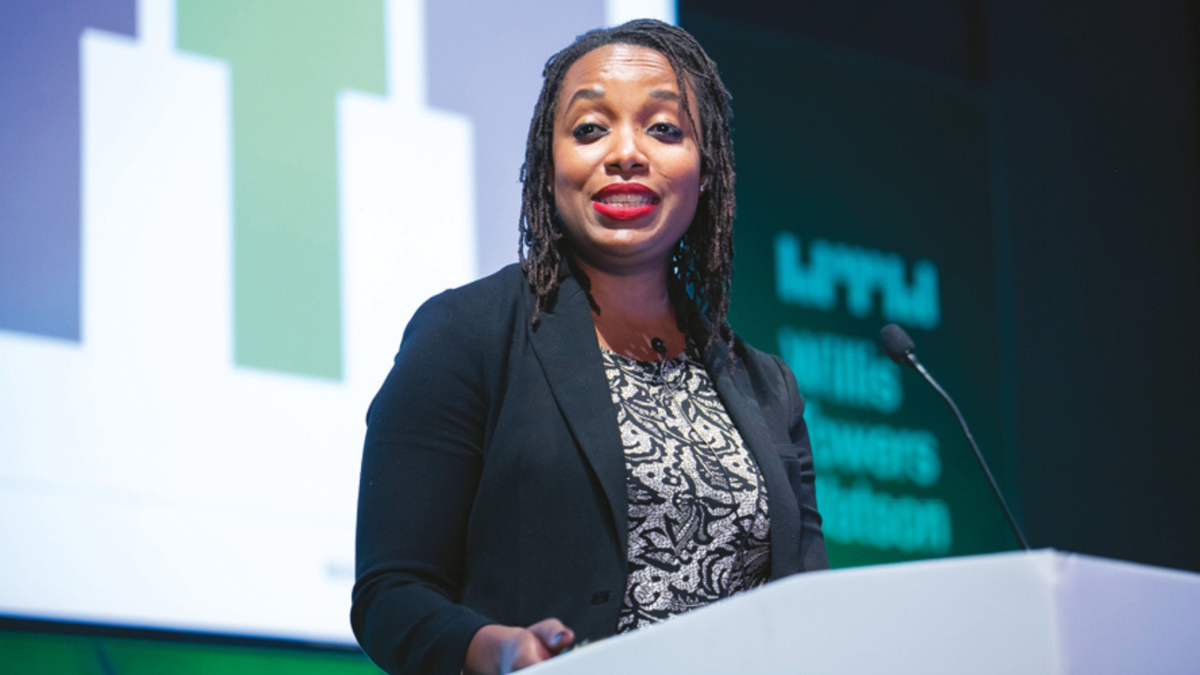2022 a sign of things to come for funds
Global pension assets have seen their largest fall since the GFC, now standing at US$47.9 trillion, according to the Thinking Ahead Institute’s Global Pension Assets Study for 2023. That translates to a fall of 16.7 per cent in a year largely driven by the synchronised fall in fixed income and equity markets. Unfortunately, 2022 is probably a sign of things to come.
“Last year we experienced, to an extent, a global polycrisis where various risks combined, were amplified as a result, and manifested in significant asset falls,” said Marissa Hall (picture at top), head of the Thinking Ahead Institute. “It is our view that these systemic risks will increase in future and will emanate predominantly from environmental, societal and geo-political sources.”
“While many pension funds are focused on the long term, this situation presents short-term challenges which cannot be ignored. The main challenge is that accurate pricing of these risks is near impossible, as they have high uncertainty and low tractability, but their impact is likely to be broad and significant and will test organisational resilience.”
“Our work with investors points to transition pathways focussed on cleaner energy, fairer societies and greater accountability,” Hall said. “As this landscape evolves, pension organisations will need to adjust their strategies and use adaptive capital to navigate these changes and build in future resilience.”
The global market turbulence of 2022 has obviously been immediately apparent to asset owners, but the underlying economic context of the vast upheavals in monetary and fiscal policy – as well as geopolitical shocks and trade difficulties – “will only reveal itself over the medium or long term”. If the commodity price shock is here to stay, the report says, it could lead to new challenges for the global economy.
“Asset owners are expected to face the possibility of lower for longer returns in the coming economic cycle which has raised solvency concerns and prompted funds to increase allocations to alternative assets,” the report says. “With their low correlation to traditional asset classes, alternatives may help asset owners to lessen inflation induced volatility. As funds attempt to define and access the asset classes of tomorrow, alternatives will play an important role in future portfolios.”
Australia’s super funds fared better than most asset owners through 2022, owing to their lower allocations to bonds and the compulsory inflows of the Superannuation Guarantee, experiencing a 0.1 per cent compound annual growth rate. All other nations recording a positive result in their own currencies were emerging markets.










